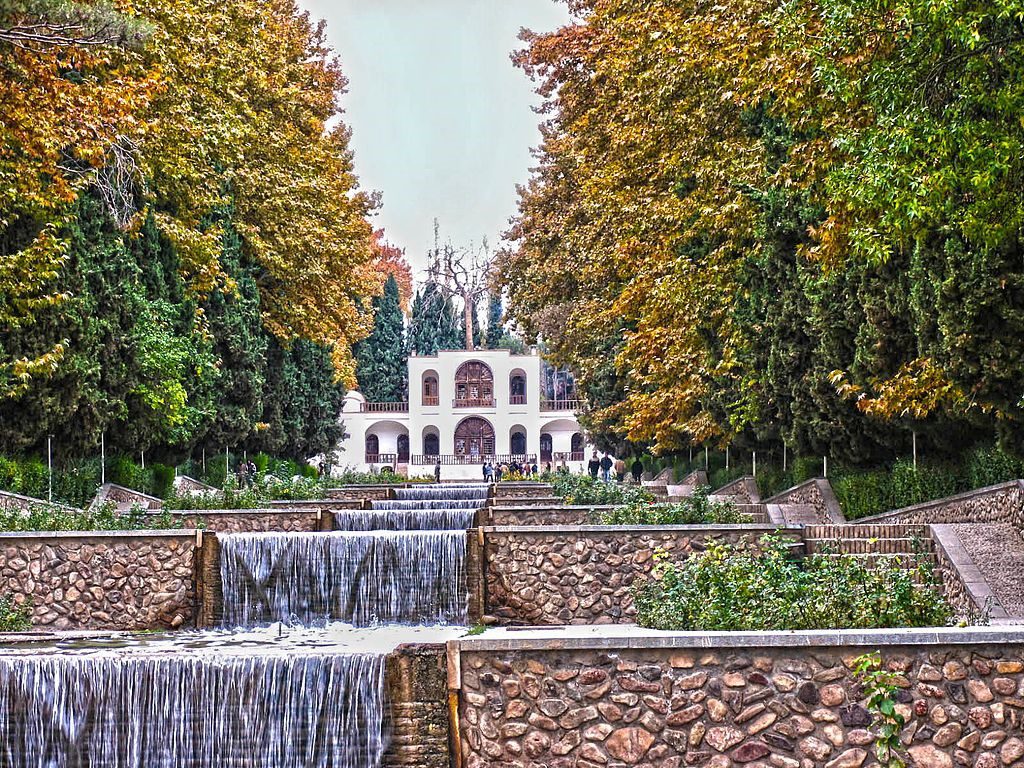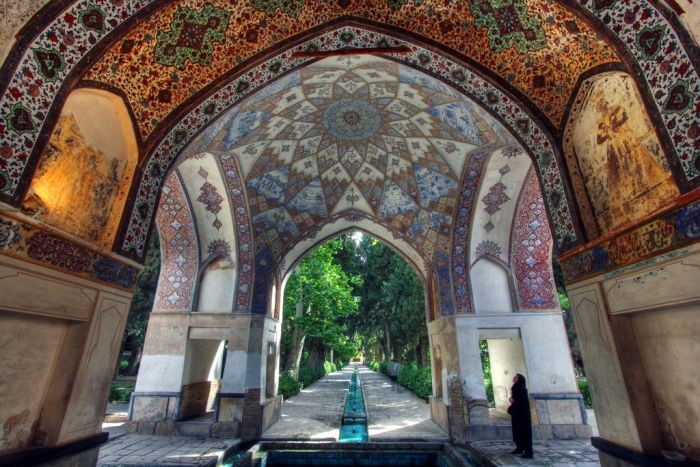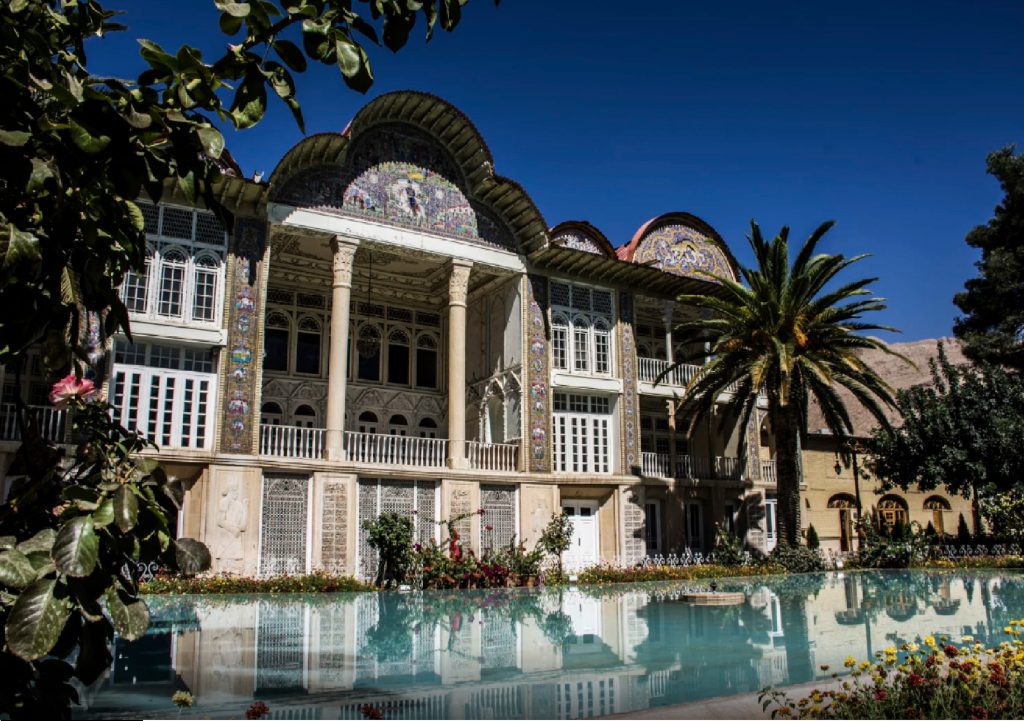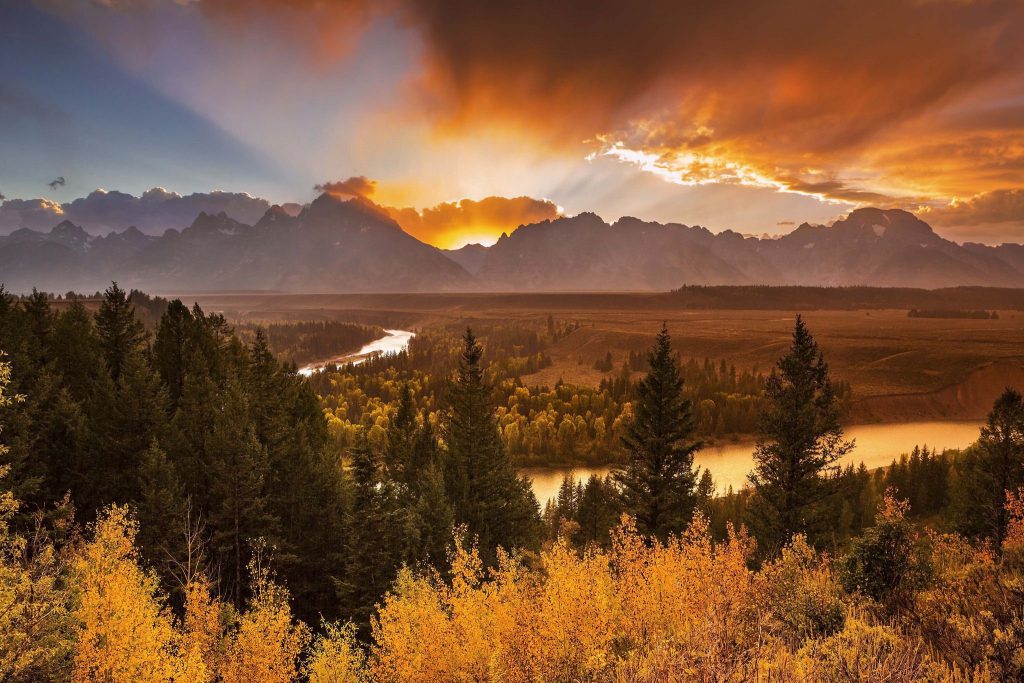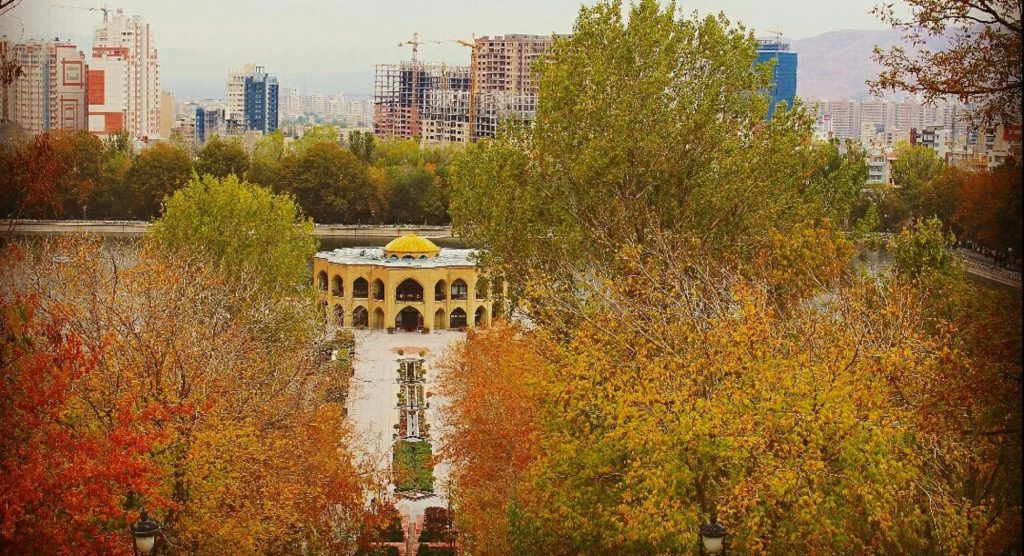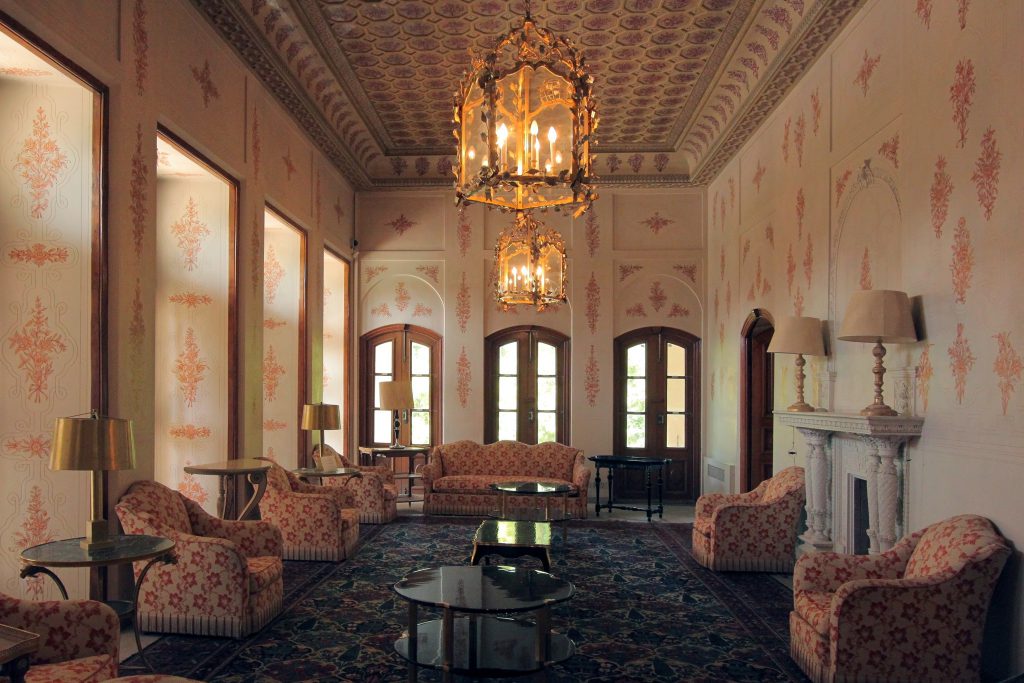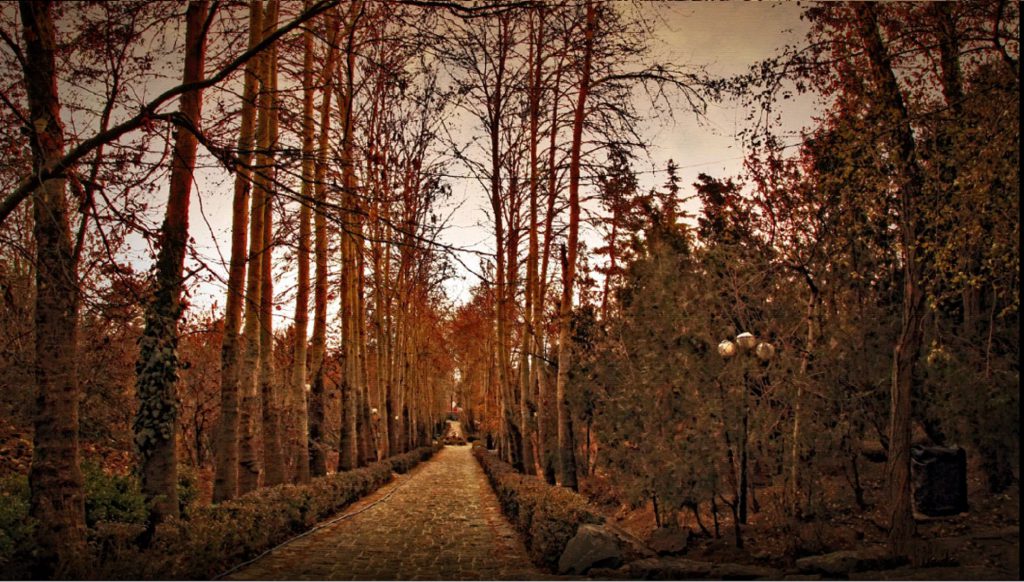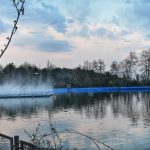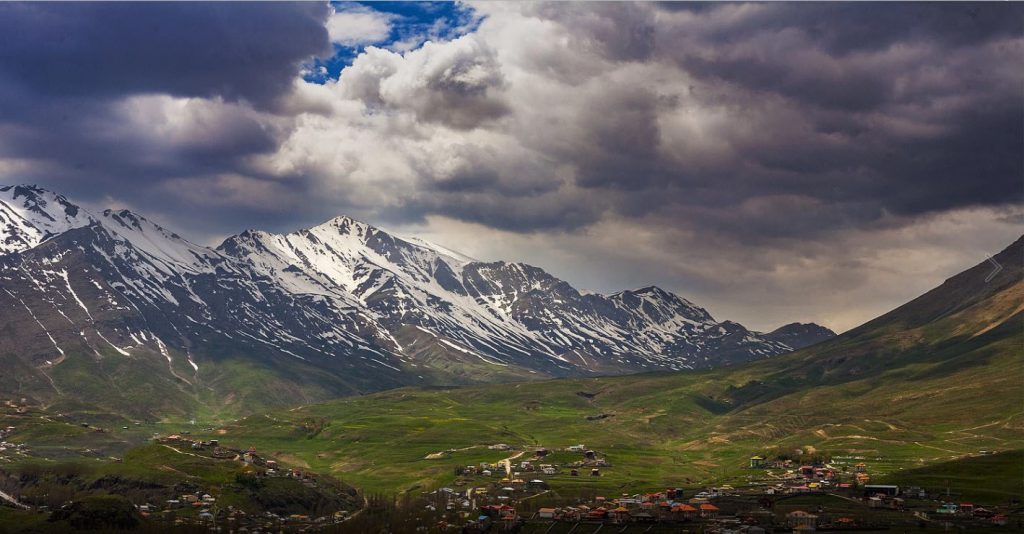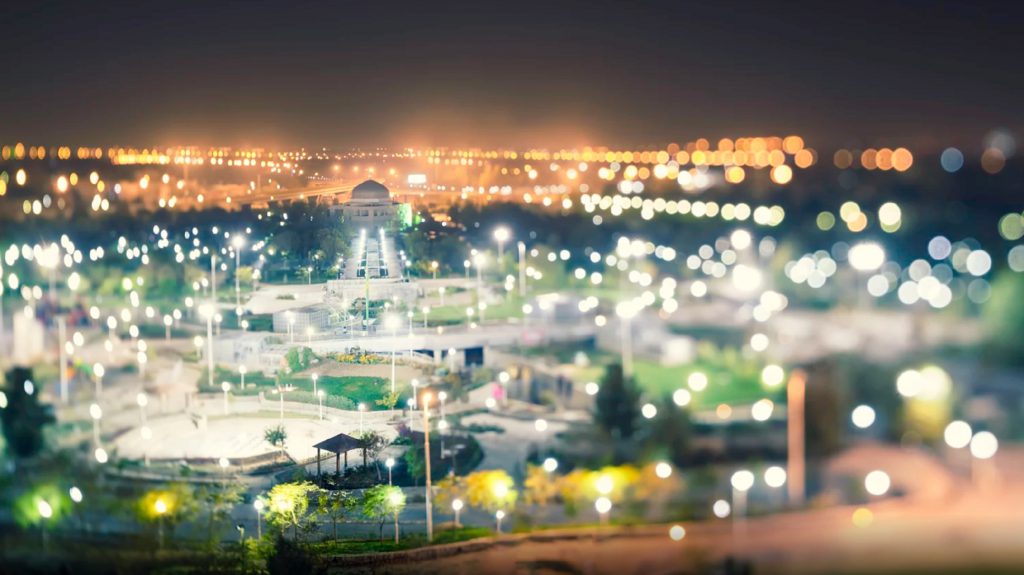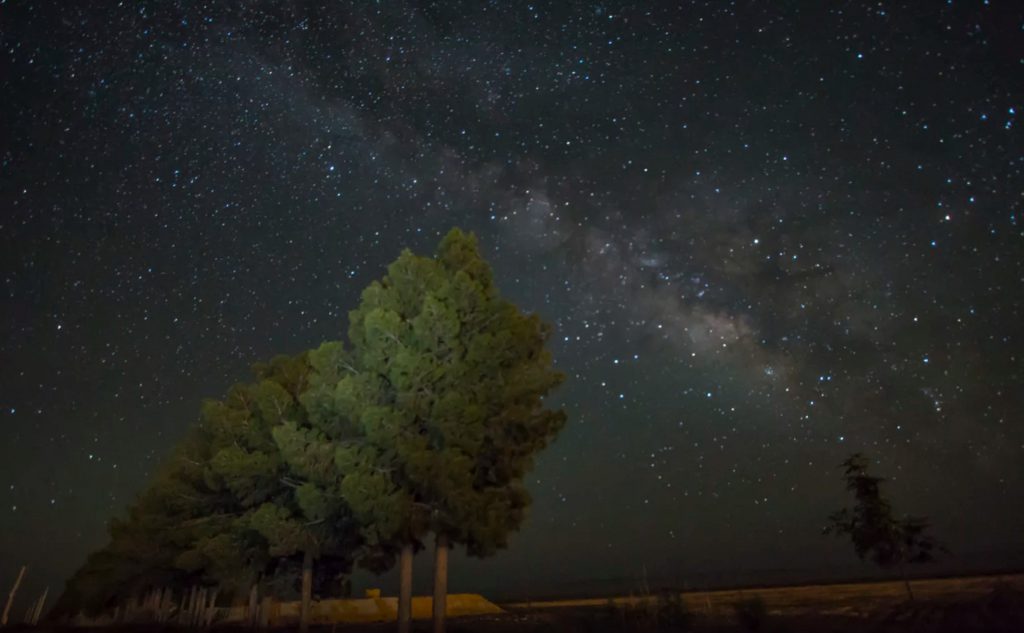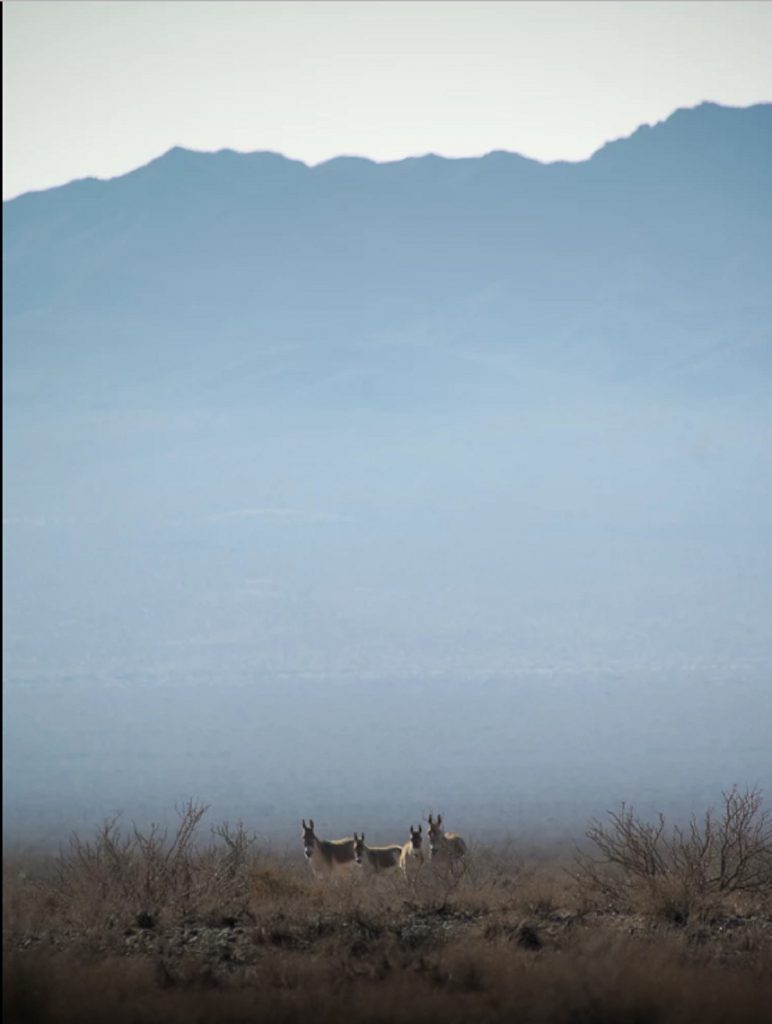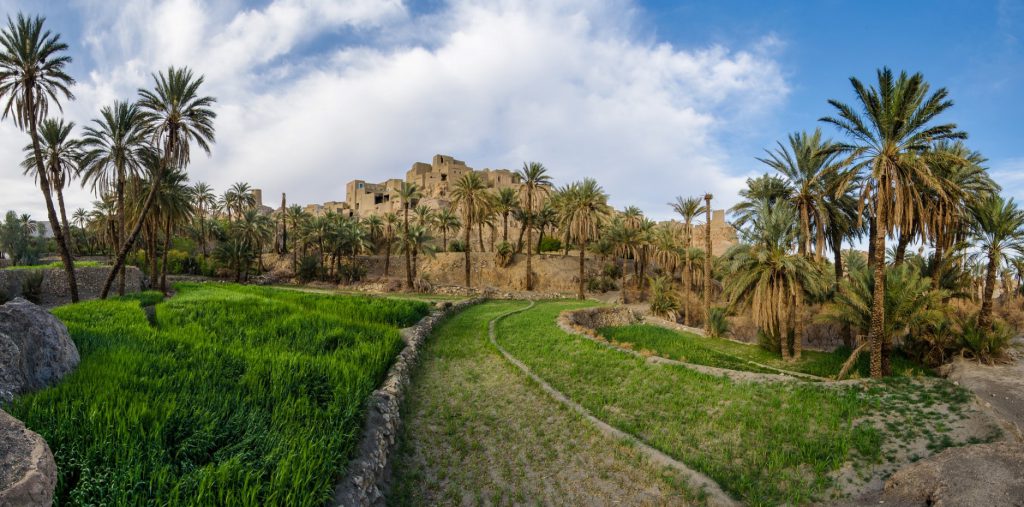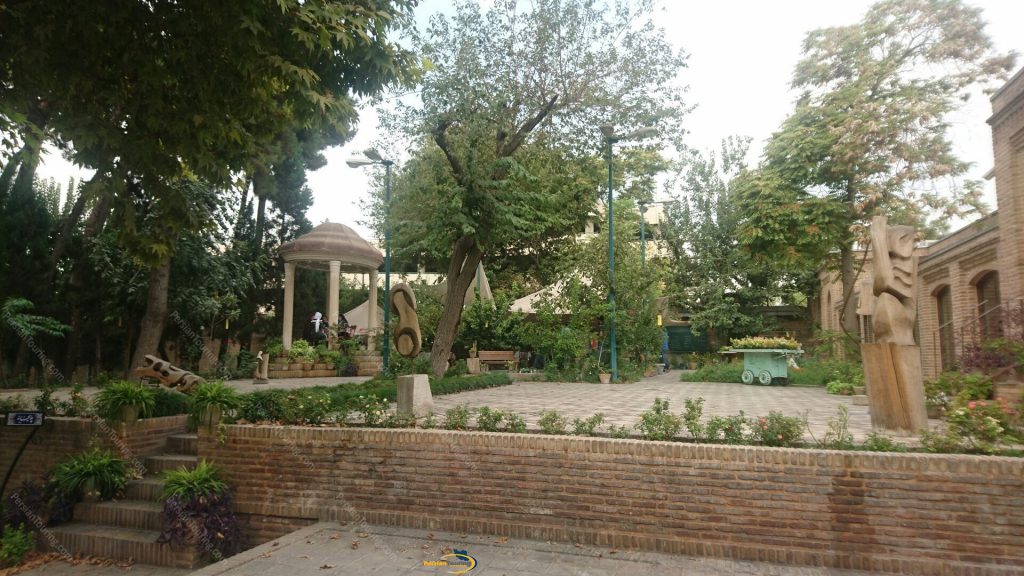Green spaces have always played a role in Iranian culture. In the past, the elite surrounded themselves with lavish private gardens, eventually giving way to the Persian Gardens, as named by the UNESCO World Heritage Centre. Today, public and national parks continue to provide Iranians with a peaceful reprieve from city chaos or a weekend getaway. Here are the 10 most beautiful parks and gardens in Iran.
Bagh-e Fin
A welcome retreat from Kashan’s otherwise desert-like dryness, Bagh-e Fin exemplifies the traditional Persian garden and exquisite architecture. Cypress trees line walking paths, and goldfish swim among the coins tossed in the pool by wish-making visitors. The bathhouse, located on the left side of the garden, is the site where Amir Kabir, a chancellor during the Qajar era, was murdered by an assassin. Despite the large crowds on holiday, it’s well worth visiting this epitome of royal Persian gardens.
Bagh-e Eram
Bagh-e Eram, a UNESCO-listed garden, is a popular site for tourists and locals alike. Pictures don’t do justice to the myriad of hues from trees and flowers, along with the vibrant mosaics of the three-story pavilion inscribed with the poems of Persian lyric poet Hafez. Water streaming down from the clear fountains adds the finishing touch. Joining the many art students sketching their surroundings, as soon as you step inside this garden, it’s easy to see why it’s called eram, Persian for paradise.
Golestan National Park
Situated in the northeast, Golestan National Park is one of the oldest and largest parks in Iran. The humidity of the nearby Caspian Sea reaches the park’s semi-arid landscape to create a wide range of biodiversity, including rich flora and fauna. Although spring is probably the best time to view wildflowers and nesting birds, it is when the park is blanketed in snow that the wildlife is most visible.
El-Goli Park
Behind the high-rises of bustling Tabriz lies the tranquil El-Goli, a hillside park under a thick veil of bountiful trees. Dominating the center of the park, an artificial lake houses a small palace, dating back to the Qajar dynasty. This park is a favorite among locals who are likely to be going for a brisk morning walk or enjoying a leisurely weekend breakfast. A stroll during the cooler evening hours followed by a glass of tea is not to be missed.
Bagh-e Golshan
Lying in the remote eastern town of Tabas, Bagh-e Golshan is one of the most breathtaking gardens in Iran. The abundance of water in these parts seems inconceivable, given its location between two salt deserts, but it is sourced from the ancient qanat system that feeds the plentiful date palms, citrus and pomegranate trees, cypresses, roses, and cycads, to name a few. As for fauna, a few pelicans have taken residence in this desert oasis.
Jamshidieh Park
Jamshidieh Park is located in the foothills of the Alborz mountains in the northern Niavaran neighborhood of Tehran. The stones and rocky paths make it a favorite among amateur hikers, and its relative seclusion is idyllic for young couples. Water running through the trails can sometimes make for a slippery walk, but those willing to hike a little higher will be dually rewarded with a panoramic view and fresh air.
Bagh-e Shazdeh
After a trek into Kerman’s barren Lut Desert, your eyes will surely be delighted at the inviting sight of Bagh-e Shazdeh, Prince’s Garden, a walled Eden of towering trees and cascading water. Walk up the stairs to the old residence where you can find a traditional restaurant and a spectacular view from the top of the garden. You might even want to stay until nightfall when the bubbling fountains and entryways are beautifully illuminated.
Mellat Park
One of the largest green spaces in the city, the centrally located Mellat Park offers a tranquil respite from the hubbub of Tehran. Numerous pathways give way to a beautiful central lake, although it is perhaps the statues of notable Iranian figures and modern sculptures that are the most beloved features of this park. It’s the perfect place to meander with nothing but your thoughts, or to picnic on the manicured lawns and people-watch.
Lar National Park
At the foot of Mount Damavand sits Lar National Park, home to various birds, reptiles, mammals, and amphibians due to its diverse ecosystems. Only open for a few months between spring and summer, the best time to visit is from May to June, when the landscape is covered by a carpet of bright yellow wildflowers and wild red poppies.
Kooh Sangi
One of Mashhad’s most treasured parks, Kooh Sangi has something for everyone. In the morning, park-goers come for an invigorating early-morning hike on the rocky mountain for which the park is named, a quick jog around the pool, or energizing group aerobics. The atmosphere turns more relaxing come sunset when visitors enjoy ice cream and chat, picnic dinners with family, and perhaps some Hubble bubble with friends.
Kavir National Park
Kavir National Park is located in northern Iran. The park is comprised of desert land and steppes. Animals that inhabit the park include Indian wolves, striped hyenas, Asiatic cheetahs, and gazelles. It has an area of 1500 square miles. The park has desert vegetation which consists of thorny bushes and shrubs. Kavir National Park’s wildlife is threatened by illegal hunting, overgrazing, oil drilling projects, and car racing competitions which have driven Asian cheetahs and Persian zebras away from the park. The park’s authorities require more guards to help in the conservation of wildlife.
Khar Turan National Park
Khar Turan National Park is Iran’s second largest wildlife reserve. The park covers an area of 5,405 square miles. It hosts some critically endangered animals such as the Asiatic Cheetah. Additionally, the park is home to the Persian onager, Indian gazelle, goitered gazelle, and wild sheep. Birds that inhabit the park include partridges and white wagtails.
Nayband Wildlife Sanctuary
Nayband Wildlife Sanctuary in Iran is the nation’s largest reserve covering an area of 5,792 square miles. The park’s terrain consists of hilly desert plains, mountain ranges, and sandy plains. It is home to the Persian leopard, Rüppell’s fox, jebeer gazelle, ibex, wild goat, and wild sheep. Exotic birds such as Pleske’s Ground-jay, cuckoo, horned lark, and partridge live in the park. Besides, reptiles such as Jafari snake, camel snake, viper, and gecko inhabit Nayband Wildlife Sanctuary.
Sorkheh Hesar National Park
Sorkheh Hesar National Park in Iran covers 36 square miles. The park is a favorable site for migratory birds in winter. Since its establishment in 1980, the park is managed by Iran Environmental Protection Organization. It experiences semi-arid climate. The animals found in the park include Persian fallow deer, Persian leopard, red fox, hawk, and golden eagle. Hunting in the park was common in the past, but currently, it is prohibited.

